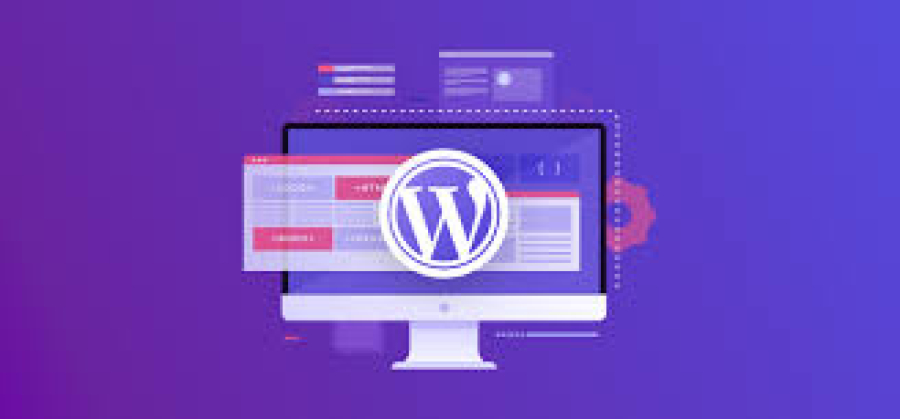How to Optimize WordPress for SEO and Speed
Optimizing WordPress for SEO and speed is essential for freelancers and website owners who want to boost their online presence, attract more visitors, and improve user experience. A fast-loading, search engine-friendly website not only ranks higher on Google but also reduces bounce rates and increases conversions. At FreelancerBridge, we provide practical strategies and proven techniques to help you fine-tune your WordPress site for maximum performance and SEO success.
Long Description
In today's competitive digital landscape, simply having a WordPress website isn’t enough. To stand out and succeed, your site must be optimized for both search engines and fast performance. A well-optimized WordPress site ensures that your content reaches the right audience, loads quickly across all devices, and delivers a seamless browsing experience.
At FreelancerBridge, we break down the complex world of SEO and speed optimization into actionable steps designed for freelancers, developers, and business owners. Whether you are building your own site or managing client projects, these tips will help you create high-performing WordPress websites that Google loves and users enjoy.
Why SEO and Speed Optimization Matter
Higher Search Rankings: Search engines prioritize fast-loading, well-structured websites, helping you gain organic traffic.
Better User Experience: Faster sites keep visitors engaged and reduce bounce rates.
Increased Conversions: Quick-loading pages lead to higher sales, signups, or other goals.
Mobile Friendliness: Speed and SEO optimization improve how your site performs on mobile devices.
Step-by-Step Guide to Optimize WordPress for SEO and Speed
Choose a Reliable Hosting Provider
Start with a high-quality hosting service that guarantees uptime, fast server response, and security.Use a Lightweight, SEO-Friendly Theme
Select a WordPress theme optimized for speed and built with clean, SEO-friendly code.Install Essential SEO Plugins
Use plugins like Yoast SEO or Rank Math to manage on-page SEO, XML sitemaps, and meta tags.Optimize Your Images
Compress images without losing quality using tools or plugins to reduce page load times.Enable Caching
Implement caching with plugins like WP Rocket or W3 Total Cache to speed up page delivery.Minify CSS, JavaScript, and HTML
Reduce the size of your website files by minifying and combining them for faster loading.Use a Content Delivery Network (CDN)
Distribute your content globally with a CDN to improve loading speeds for users everywhere.Optimize Your Database
Regularly clean and optimize your WordPress database to keep it running smoothly.Implement Lazy Loading
Load images and videos only when they enter the viewport to reduce initial page load.Create Quality, SEO-Optimized Content
Focus on keyword research, compelling titles, meta descriptions, and proper heading structure.Improve Mobile Responsiveness
Ensure your site is fully responsive and fast on all mobile devices.Monitor Performance with Tools
Use Google PageSpeed Insights, GTmetrix, or Pingdom to track your site's speed and get improvement tips.
Additional FreelancerBridge Tips
Keep WordPress Updated: Always use the latest WordPress version for security and performance.
Limit Plugins: Use only necessary plugins to avoid bloating your site.
Use Clean URLs: Ensure your permalink structure is SEO-friendly.
Secure Your Website: Use SSL and security best practices to build trust and improve SEO rankings.
By implementing these strategies, you’ll build WordPress websites that not only rank well but also provide exceptional user experiences. At FreelancerBridge, we are committed to helping freelancers and website owners master WordPress optimization for long-term success.


 by Emily
by Emily




